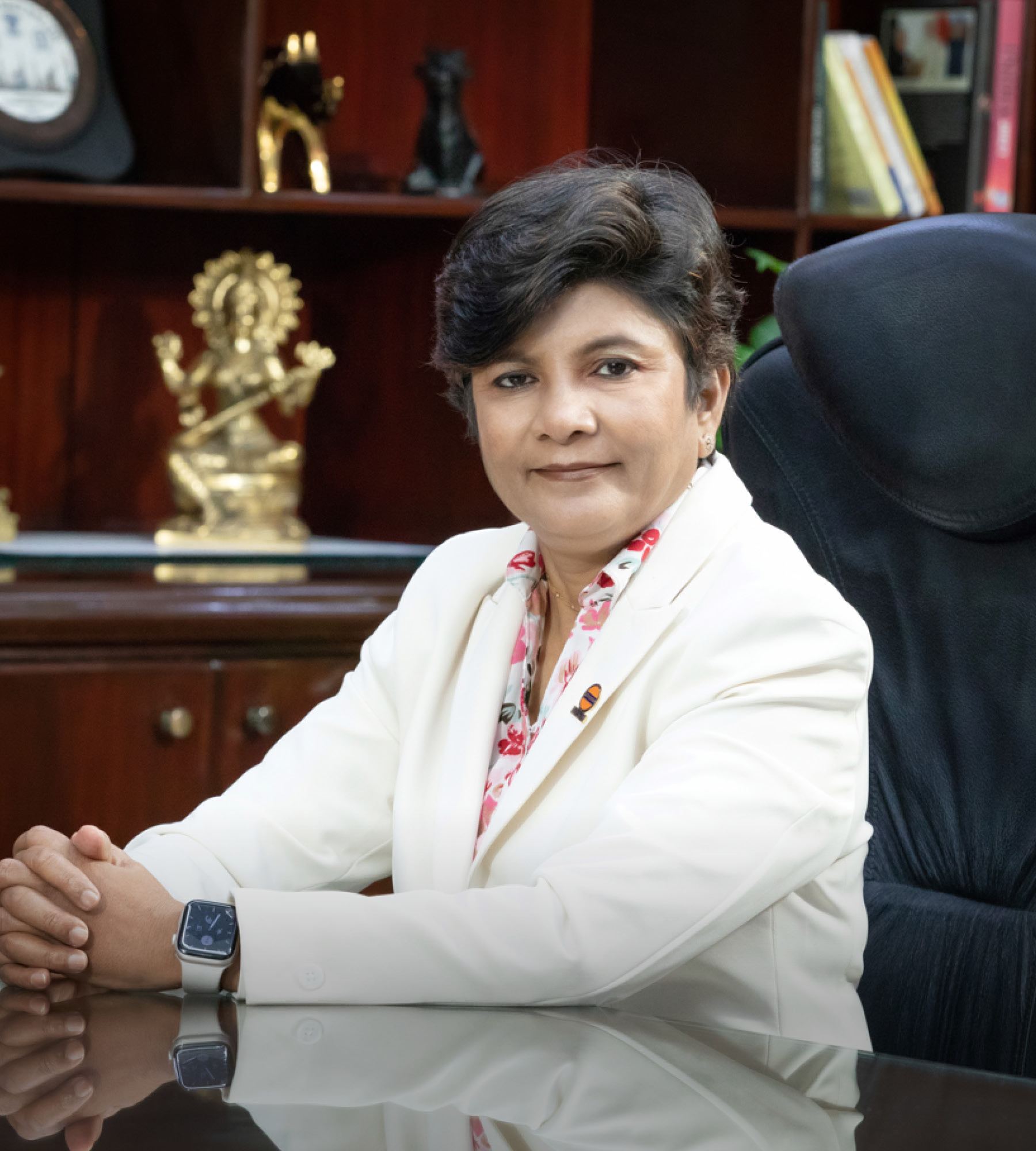Language
You can read the magazine in one of the following languages
When asked about her greatest achievements during her time at IndianOil, Sukla Mistry modestly refers to a quote from Steve Jobs. “He said: ‘Great things in business are never done by one person. They are done by a team of people’.”
As one person, Mistry has enjoyed her share of greatness. She’s one of the very few women to operate and run nine refineries, but to her, the team is all. “IndianOil and the Refineries Division has a very big team and a great team at that,” she tells The CEO Magazine. “All of these great things that have happened and are happening are down to the team who has been working on them.”
There is, indeed, a lot to talk about. To say IndianOil has been busy would be an understatement.
On a daily basis, it supplies 178,000 kiloliters of petrol and diesel as well as 1,900 metric tons of lube oils to the market. “We refuel 2,200 airplanes every day. That means filling three flights every two minutes,” Mistry says. “This is the reach of IndianOil.”
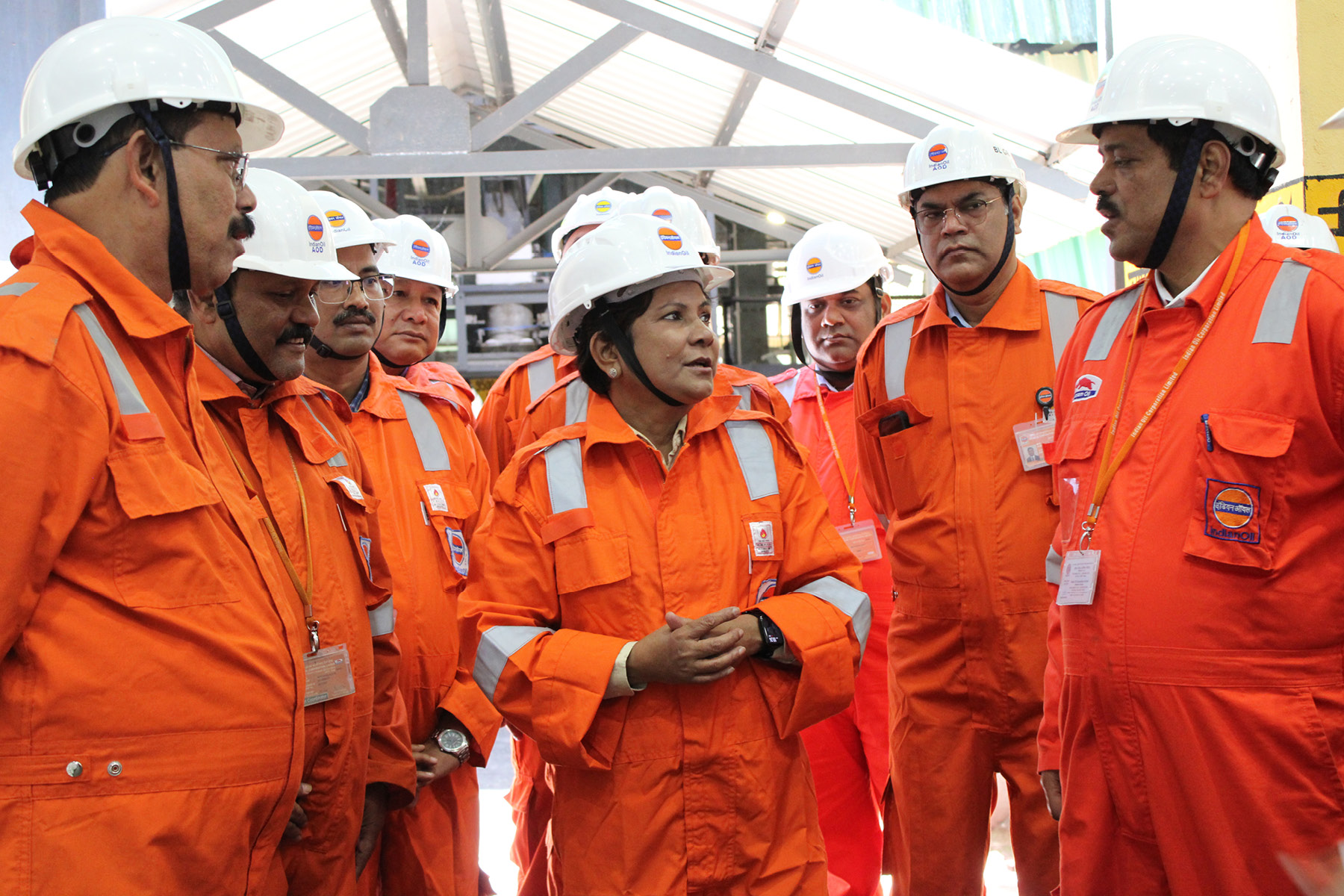
“I knew that the technical expertise and the distinctive strength of each refinery would play a critical role in expanding and enhancing the core competencies of IndianOil.”
Underpinning all of this is the company’s Refineries Division, which she describes as the “fulcrum sitting at the base of the entire operation”.
“Whenever I talk about supplying the market through our 19,330 kilometers of pipeline, the refinery is where it starts,” she says.
The ongoing expansion of its refineries will increase the group’s refining capacity from its current level of 80.1 million metric tons per annum to 107 million metric tons per annum. “This is going to maintain our leading position in terms of crude processing,” Mistry says.
When Mistry assumed the position of Director at IndianOil in February 2022, it was a busy time with the launch of a number of new products such as Clarified Oil and the expansion of several of its refineries. But she already had a profound understanding of what she had to do.
“I knew that the technical expertise and the distinctive strength of each refinery would play a critical role in expanding and enhancing the core competencies of IndianOil,” she says.
Mistry is only too familiar with the intricacies of each refinery and indeed every facet of the business because her history with the organization goes way back. She joined IndianOil in 1987, starting her marathon journey with the company at the entry level as a graduate engineer trainee.
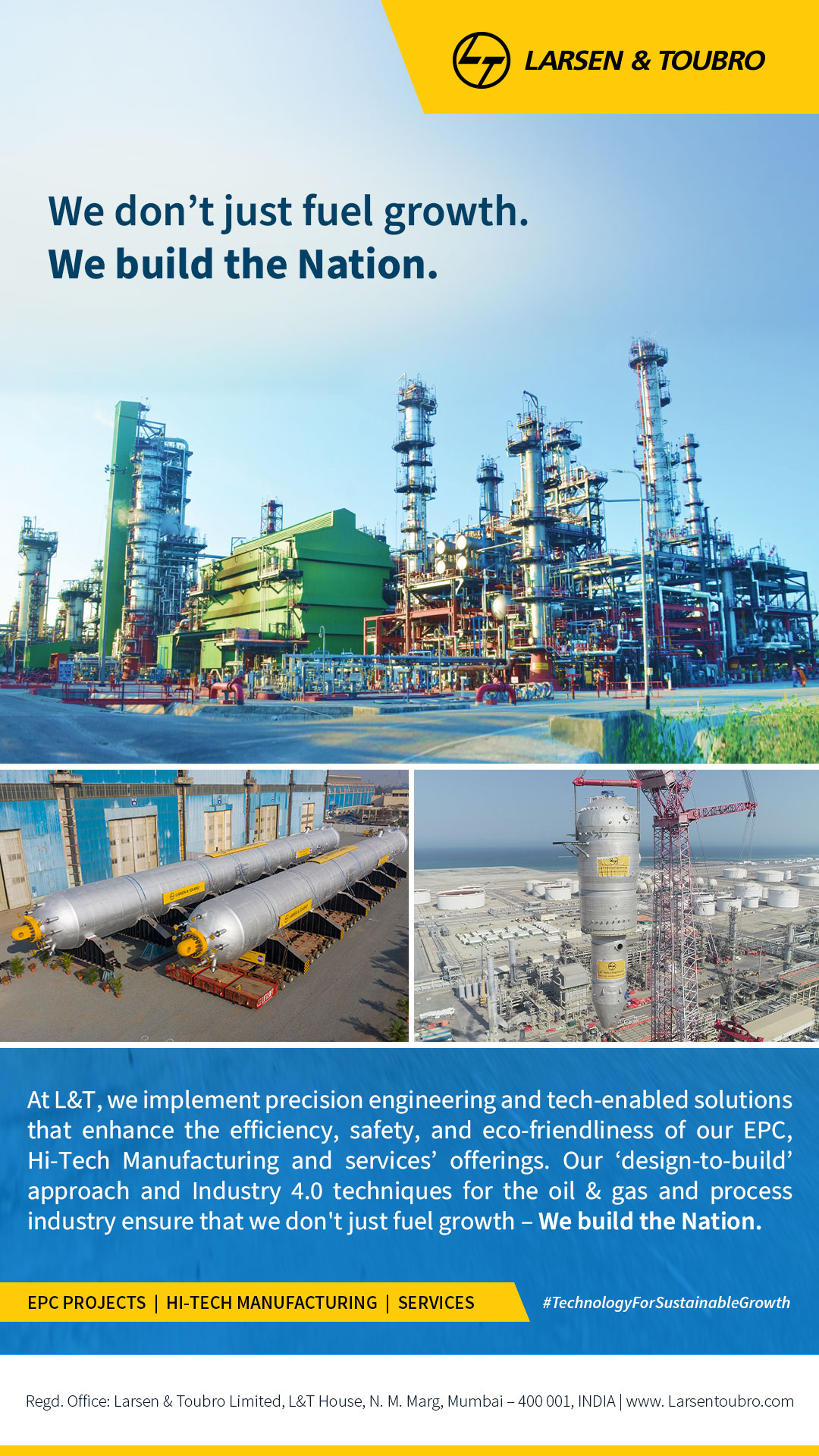
“Then life starts in the industry – you get elevations, you get posted to different locations, you change departments,” she says.
Mistry herself has moved around from department to department, then from refinery to refinery – heading up IndianOil’s Digboi Refinery and Barauni Refinery at different points in time. In between, she was also deputed to Qatar Petroleum for one of its projects.
“It’s a long journey, not only in terms of duration, but also through various levels of different activities, which has given me a great amount of experience of not only the technical parts of the company but also handling innovation, technology and huge manpower,” she reflects.
Mistry highlights the corporation’s primary responsibility as ensuring “energy access, energy security and energy availability to each and every person at the right time, in the right place”.
“We have a very strong responsibility in the country because we are the number one energy supplier in India,” she says. “We are always on our toes technically so that at no point in time this energy supply is hindering the growth of the nation.”
It’s a task Mistry is proud to have taken on, even as its scale grows by the minute.

“We have to take into consideration that the energy transition is taking place, so we need to do a lot of work around clean energy conversions.”
“We started with just a few refineries and now we have 10 out of the country’s 22 refineries, which is a big challenge,” she says. “Our percentage share of the oil industry is now 32 percent. So it’s a big job.”
Not least because India’s energy demands are spiraling.
“Growth is taking place in the entire country, to the tune of between 6.1 percent and 6.6 percent. This growth means energy demand is automatically increased,” Mistry explains.
“According to a BP report, the total energy consumption in our country is to the tune of approximately 950 million metric tons of oil. And that demand is increasing. So this is a golden time for the refinery business.”
But immense opportunities such as this inevitably come with obstacles that must be overcome. In this case, the most pressing problem is the need for cleaner energy, Mistry explains, something that IndianOil is tirelessly working on.
“We’re expecting some technological breakthroughs in terms of the energy transition,” she promises.
Mistry stresses that the company must execute the various capacity augmentation and petrochemical projects scheduled by 2025 in order to benefit from the rising demand.
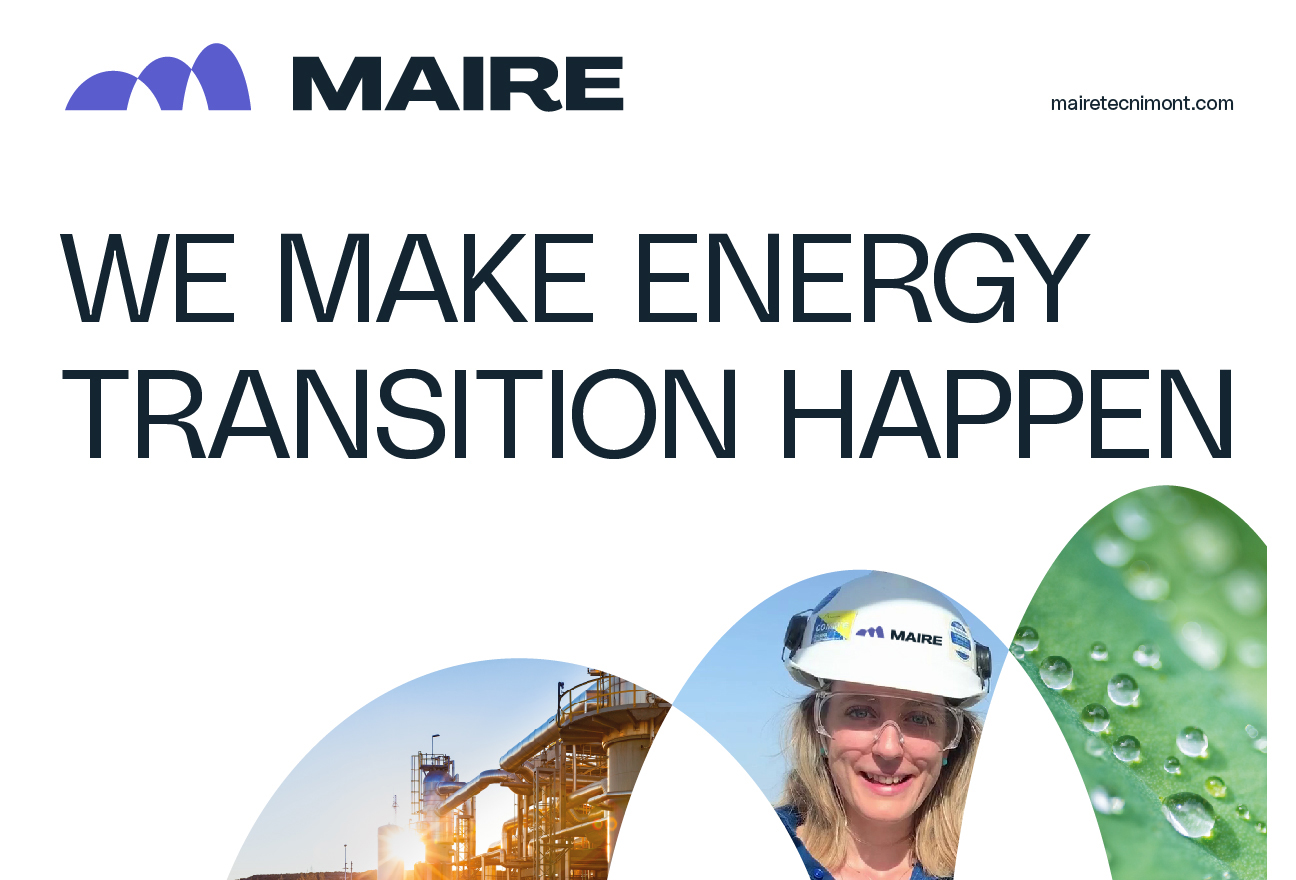
“With the huge volume of investment taking place, executing these projects in time will be my challenge. At this moment, it’s the biggest challenge,” she admits.
“We have to take into consideration that the energy transition is taking place, so we need to do a lot of work around clean energy conversions.”
IndianOil has already set out its ambition to achieve net zero emissions status by 2046.
“Our refineries and whatever energy we are producing needs to be cleaner,” Mistry says. “We need to have carbon capture and storage systems. We need to create a more energy efficient system within our refineries.”
Working toward these goals has seen IndianOil form a joint venture with fellow fossil fuel giant NTPC to generate 650 megawatts of completely renewable, round-the-clock energy to power its refineries, to be sourced from solar, wind and pump storage – a major milestone on the path toward green energy.
More recently, it inked a joint venture with EverEnviro Resource Management and GPS Renewables to form compressed biogas plants.
In addition to this, its exploration of petrochemicals to offset gradual declines in demand for petroleum fuels presents another hefty task. By 2040, Indian demand for petrochemicals is going to reach 90 million metric tons per annum, according to Mistry.
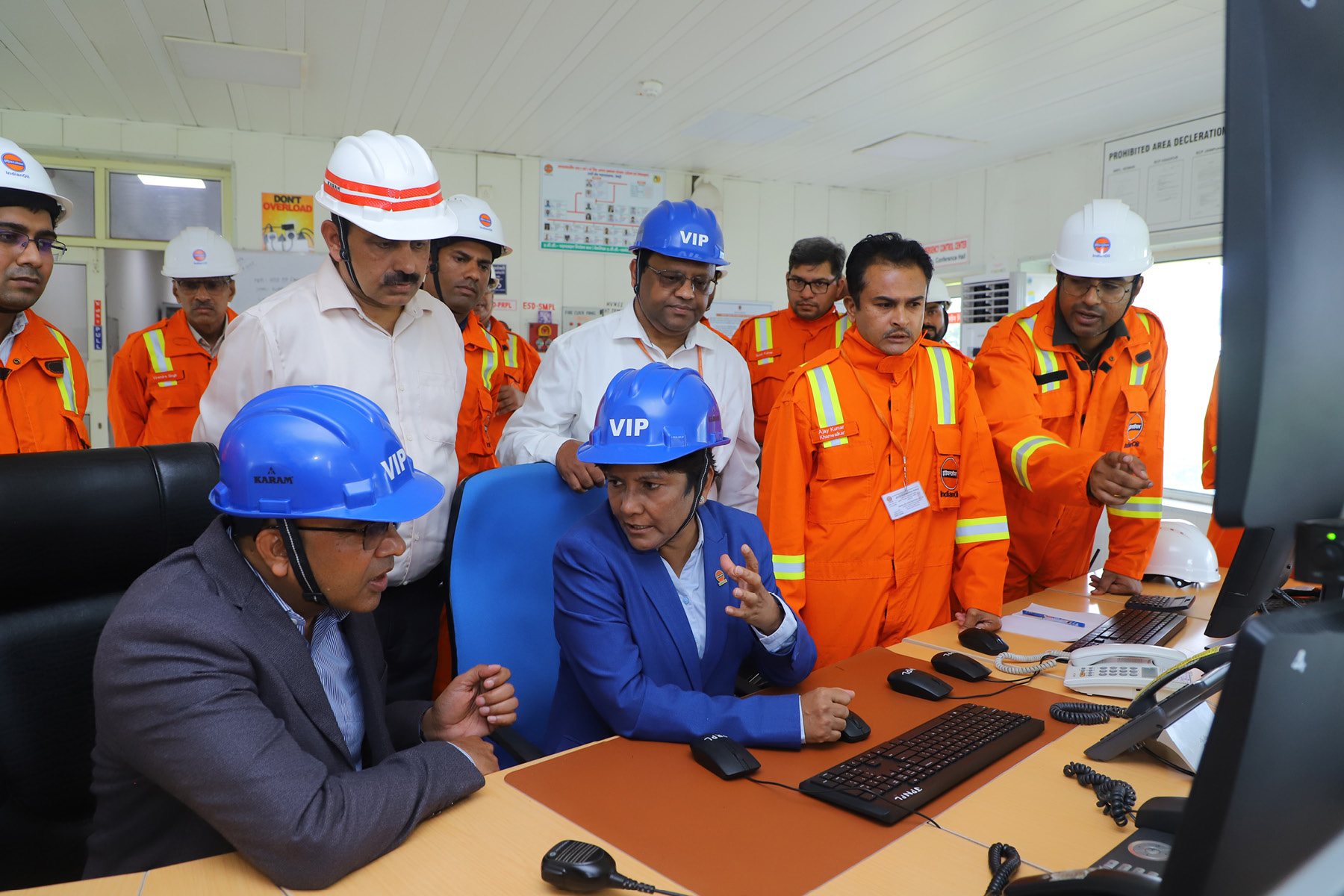
“Our core strength lies in developing, as well as adopting, innovations and environment-friendly process technologies that are both indigenous as well as hailing from across the globe.”
IndianOil has ambitious plans to cater to this growing demand. Its petrochemical intensity index – the ratio of crude it turns into chemicals – currently sits at 5.9, and Mistry aims to boost this to 15 percent by 2030.
She is confident IndianOil is tracking in the right direction. “IndianOil started its petrochemical business in 2008, and now it is moving. Today we are number two in the country.”
She is confident that its vast penetration will serve it well as it forges ahead in this area, as well as any others.
“We need to look for tomorrow’s challenges so that I’m able to gear up with a scenario where my business doesn’t just continue, but grows at speed,” Mistry reflects.
Many of these vital innovations are powered by IndianOil’s own research and development team.
“We have world-class infrastructure and best-in-class assets. That imposes us to constantly report extraordinary performances,” Mistry says. “Our core strength lies in developing, as well as adopting, innovations and environment-friendly process technologies that are both indigenous as well as hailing from across the globe.”
Already, its efforts have resulted in products that excel within the marketplace, with Mistry highlighting its Aviation Gasoline 100 Low Lead product as a standout.
“We have a beautiful R&D center, and it is doing excellent work, already developing many technologies that are being implemented in our own refineries,” she says.
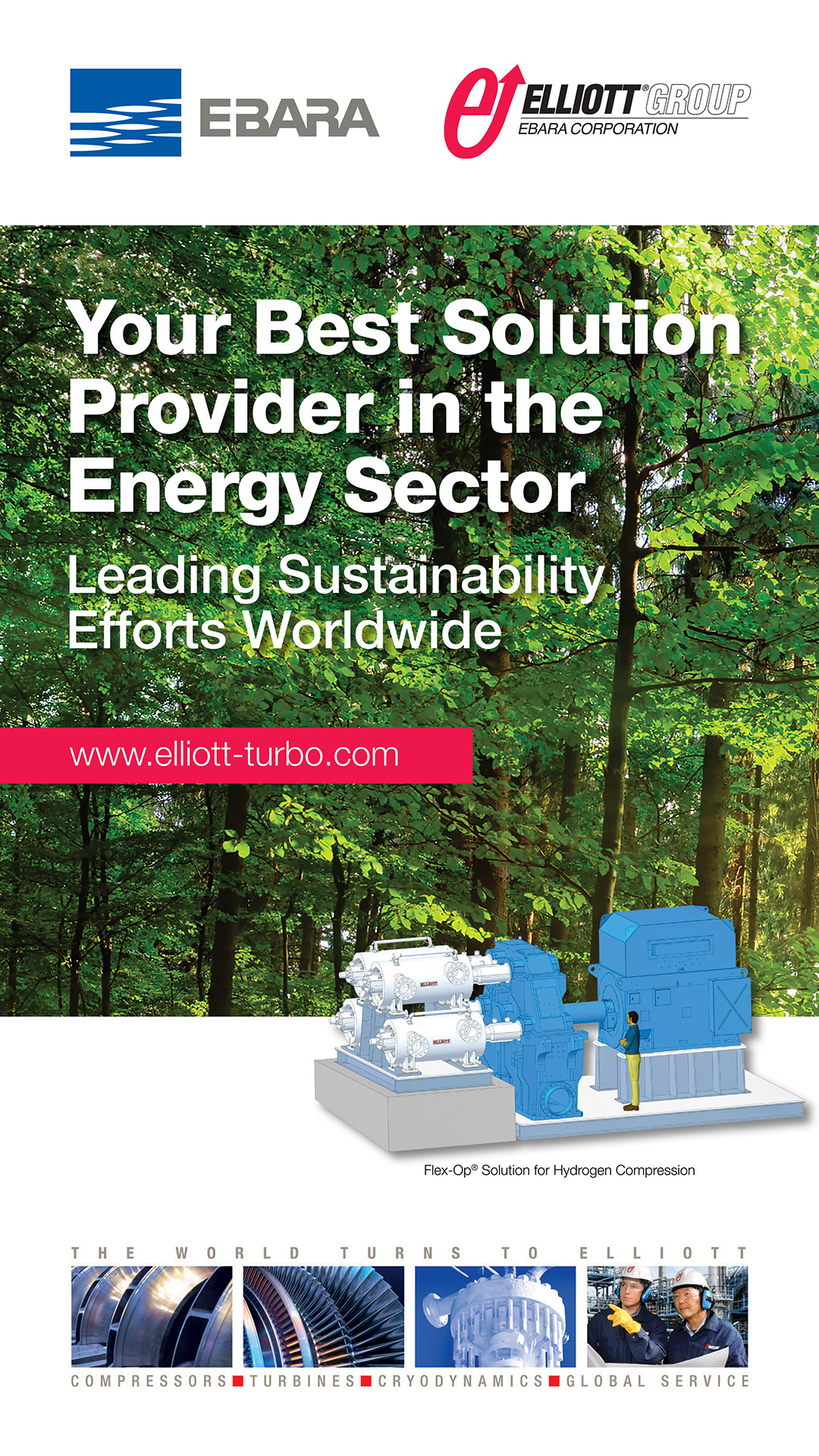
It is responsible for Octamax, made for the purpose of high-octane petrol production, currently in use at its Mathura Refinery and a great success, according to Mistry.
Another innovation is diesel hydrotreating technology indeDiesel for the production of ultra-low sulfur diesel, which IndianOil has already implemented at its Gujarat, Bongaigaon and Haldia Refineries.
The list goes on.
“In these terms, we are unique in India because none of the other companies in our country have the strength of so many technologies and are involved in as many product portfolios as us,” Mistry says. “If you talk about petrochemical business, I think we are unique. If you talk about transitions, I think we have gone into energy transitions to a great extent.”
IndianOil also has the world’s first refinery off-gases to ethanol plant at Panipat, which aligns nicely with government requirements to blend 20 percent ethanol, a petrol substitute, into petrol by 2025. “We have already achieved 10 percent ethanol blending,” she adds.
“We are also looking for a sustainable aviation plant of 86,800 metric tons per annum capacity at our Panipat Refinery with the technology of LanzaJet.”

“We have a beautiful R&D center, and it is doing excellent work, already developing many technologies that are being implemented in our own refineries.”
Green hydrogen is another area of activity for the company, with another joint venture on the cards.
“The future will belong to the players who have the agility and an innovative attitude, and who are always ready to rise to the challenge,” Mistry says.
“This will happen only if we are curious toward knowing and understanding the latest innovations and technologies. We must take a first-mover advantage in adopting the new technologies. Technological innovations will always put us in good shape and good business.”
It’s clear that nothing is off limits for IndianOil as it moves toward the future. “We are not just in the business of oil and gas; now our portfolio is that of an ‘entire energy business’,” Mistry says.
As the conversation draws to a close, Mistry makes reference to another quote, this time from the former CEO of IBM, Ginni Rometty. “She once said that ‘I always take on things I’ve never done before’ and ‘Growth and comfort do not coexist’,” she says.
They are sayings that IndianOil has heeded closely and will continue to do so as it strives to power India’s future. “IndianOil has always been the front-runner in being a major economic driver of the nation,” she says.
“Our very existence is guided by the primary goal of ensuring energy security, energy access and energy availability for the country, and all our efforts are focused on this goal.”
